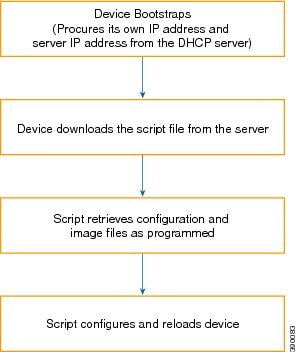Cisco Tcl Script Pdf
Several methods have been developed for creating and running Tcl scripts within Cisco IOS. How to Configure Cisco IOS Scripting with Tcl Cisco IOS Release. Carbonite 3.3 5. TcL Scripting for Cisco IOS pdf. You'll learn easy techniques for creating, using, and modifying Tcl scripts that run directly on Cisco network devices from the Cisco.
It would take way too long to explain Tcl. So I will point you to the Tcl language reference:. While IOS uses Tcl 8.3, the documentation on 8.4, and the tutorial on 8.5 will be helpful.


Hi all, How important is it to master the skill for writting TCL Scripts from the lab prespective.?! Is it something that will be widely/frequently used 1589.
As for the IOS/EEM nature of the policy, I will go through that briefly. First, you should familiarize yourself with EEM scripting in Tcl on IOS. The first line registers a new CLI policy with the EEM policy director. This policy will run when someone runs the 'show running-config' command (or any abbreviation thereof). The policy will run synchronously, blocking until complete. The script will run for no longer than five minutes.
The next non-comment lines load the two required EEM namespaces. Ccleaner X86 Full Version more. These are documented in the link above.
Kbc Game Setup For Pc there. They provide necessary EEM functions as well as some nice convenience procedures. The following run_cli procedure is something I wrote to make running CLI commands easier with EEM. It uses the cli interface documented at the EEM link above to open a cli session, enter enable mode, and then run a specified list of CLI commands, returning the output to the caller. Finally, we get into the main portion of the script. The first main line runs the 'show run' command, and saves the result in the $output variable.
Then, the script iterates through each line in the show run output, and checks the line to see if matches the regular expression '(password key community)'. This means, if the line contains the word 'password', 'key', or 'community' it will match the regular expression. If the line does NOT match the regular expression, it is printed to the terminal. If it DOES match the regular expression, the line is skipped, and not shown to the user. The last line is important.
By returning ok to the EEM server, the script says that it completed successfully, and the device should NOT run the 'show running-config' command that was initially requested. If, however, you do: exit 1 Then EEM will run the original 'show running-config', and display that output to the user. Thanks alot for the script, i highly appreciate it. Sir i am more interested in writing these scripts on my own, scripts like these and more complicated. I will be grateful if you could explain all the lines in this script because i am not an expert programmer, trust me, your effort will help a lot of beginners like me. Sir, i know i am asking alot, you must be really busy in your own committments but i am not able to find any beginner level tutorial on this. I am just not able to piece together all the information on cisco site to actually make use of tcl in eem policies.